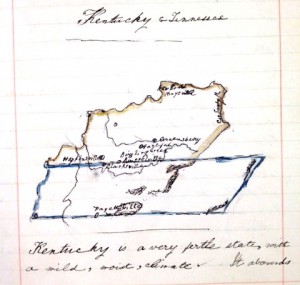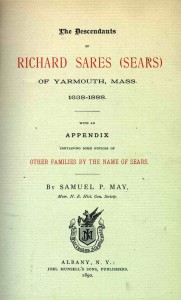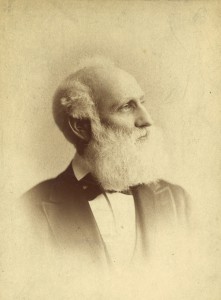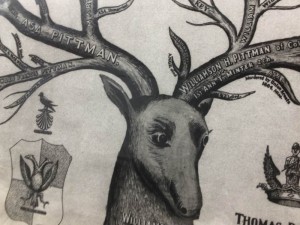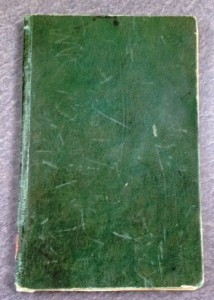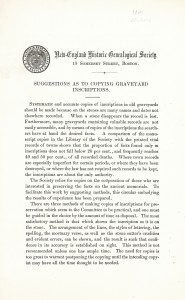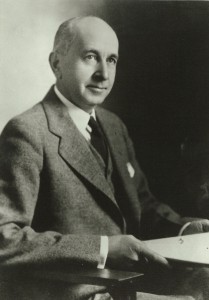
Instead of identifying a person’s date of birth, death certificates and gravestones sometimes identify the deceased person’s age in years, months, and days. But what is the purpose of giving an exact age rather than a birth date, and how is this age determined? Are there any consistent rules for this process?
In Colonial America it was traditional practice to inscribe a tombstone with the deceased’s age in years, months, and days. For example, the cemetery marker for Griffith Thomas was inscribed with the following: “In Memory of Griffith Thomas who departed this life October 25th 1800 Aged 58 years, 9 months and 10 days.” Continue reading Calculating age at death – and why
